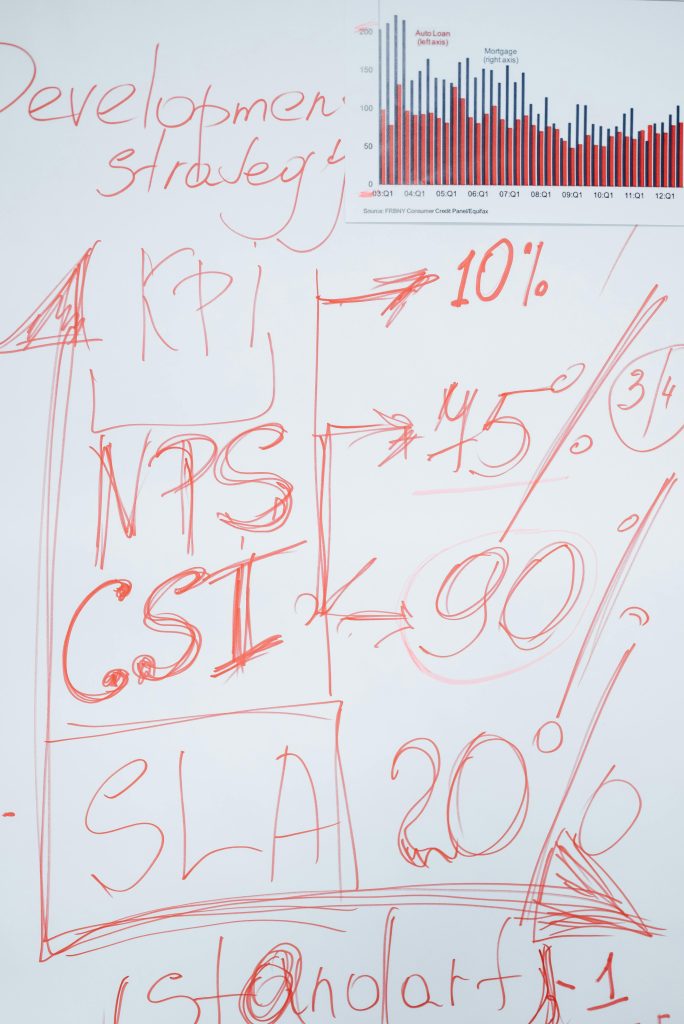Measuring and Verifying Success
Transformation means little if we can’t prove its impact. This post outlines how to define the right metrics, validate results, and clearly communicate value to stakeholders—ensuring that automation and analytics efforts deliver on their promise and earn ongoing support.
Track key metrics
Monitor the impact of automation and analytics on efficiency, accuracy, and profitability. Everyone knows that all of this comes with a cost. We just need to prove the cost is justified by the outcome.
Effective transformation begins with a plan—and that plan must be measurable in some way. Whether implementing automation or developing analytics, it is necessary to define the right KPIs in the planning stages. Examples may include time saved on month-end close, reduction in manual journal entries, improvement in forecast accuracy, or increased user adoption of dashboards. Metrics should be both qualitative (e.g., user satisfaction, confidence in data) and quantitative (e.g., hours reduced, error rates). Be open to unforeseen benefits as well such as improving time to decision making and improved relationships with the C-Suite and operations. These can be hard to measure but are valid, nonetheless. In addition, be cognizant about areas that did not perform as expected.

When you track the right metrics, you create a benchmark for continuous improvement—and a foundation for proving impact. Changes in old paradigms is not easy and be truthful about the outcomes. If you paint everything rosy in this process, you may build a sense of disbelief in others.
Validate results

Once changes are implemented, take time to verify that they have produced the intended outcomes. This involves comparing actual results to baseline data and conducting post-implementation reviews. Has close time improved? Are reconciliations more accurate? Are decisions being made faster or with better data? Validation should also include gathering feedback from users to understand what is working, what’s not, and where refinements are needed. This ensures that automation and analytics investments are not only deployed—but are effective, sustainable, and user-aligned.
Communicate the value
Measurement means little if it is not communicated. As accounting functions evolve into strategic business partners, it is essential to share the story of transformation with stakeholders—executives, audit committees, operational personnel, and business unit leaders. Use simple dashboards or summary reports to highlight what has been achieved: hours saved, improved accuracy, faster insights, or reduced risk. Communicating value builds trust, earns buy-in for future initiatives, and reinforces the role of accounting not just as a cost—but as a driver of business performance.

Tracking and communicating the impact of automation and analytics initiatives helps secure ongoing support and drive continuous improvement. Next, we’ll shift our focus from technology to strategy, exploring how accounting teams can help drive financial strategy across the organization.
Ready to lead beyond the ledger?
Follow us on:
#NotJustABeanCounter #UltimVentures #AccountingLeadership #FinanceTransformation #Metrics #ContinuousImprovement #Validation #PositiveOutcomes #Communication #BuildingTrust







